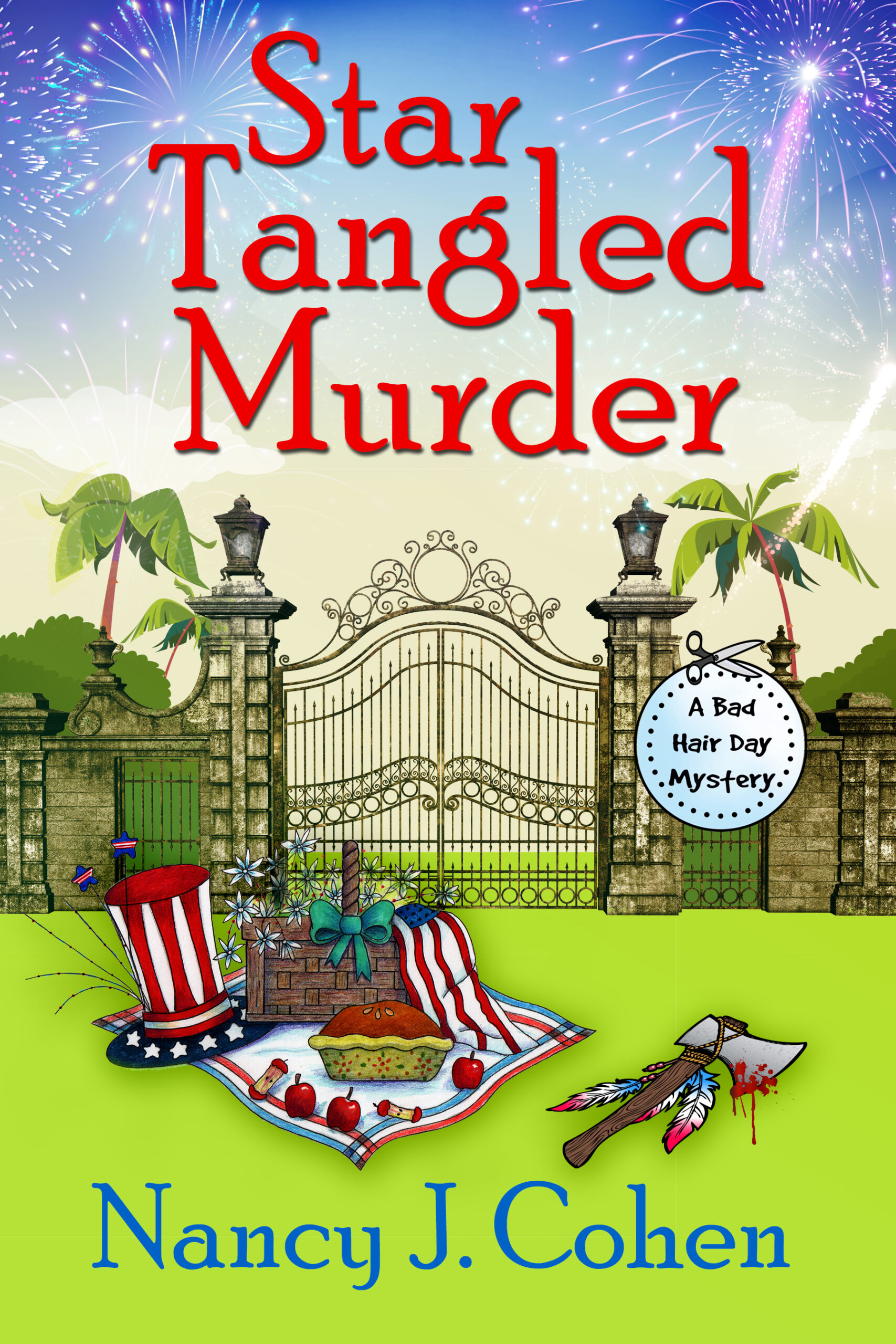10 Tips for a Successful Critique Group
New writers are always seeking feedback for their novels. Who can they get to read their book and give an honest criticism? They could hire a freelance editor who works with authors or enter a contest that offers judges’ comments. Or they can join a critique circle. It takes hard work and dedication to have a successful critique group for writers.
I met my critique partners through Florida Romance Writers. We’ve been meeting for years. We are friends as well as critique partners, and often we’ll celebrate life’s milestone events together.
The six of us meet every other week and rotate houses. While eating a sumptuous brunch, we discuss publishing news, share personal issues, and encourage each other to keep pushing forward. I could not have achieved my current status without my writing friends. In addition, I have to thank them for being taste testers for many of the recipes in A Bad Hair Day Cookbook due out in November.
After exchanging news, we get down to work. We read each other’s manuscripts silently for fifteen to twenty minutes at a time, passing the pages around the table, until we’ve read everybody. Then we share our comments aloud, focusing on one person at a time. We discuss character development, emotional reactions, dialogue, plotting problems, consistency, and pacing. We may catch typos, point out clichés, and suggest ways to restructure for more impact.
How can you get started with a critique group? Here are ten tips on what to do:
1. Join a professional writers group and put a notice in their newsletter that you’re looking for critique partners in your geographical area.
2. Limit your group to six members or less.
3. Seek people with compatible personalities and similar, or more advanced, writing levels.
4. Determine what you will be looking for in your critiques. You’ll be examining content, not line editing. Consider holding a separate meeting on occasion for brainstorming plot ideas.
5. Decide on a procedure for your group that is agreeable to everyone. Some groups read aloud. Others, like mine, pass pages around the table and read silently. Still others may email chapters ahead of time. It’s up to you how you want to run your show.
6. Offer constructive criticism. If you see the need for change, make suggestions for improvements in a positive manner. Give praise where it’s due. We all like to hear what works as well as what doesn’t work in our stories.
7. Be sociable. Relax, chat about the industry, and enjoy refreshments. This personal time will draw you closer together and enable you to accept advice more readily.
8. Support each other on social media by retweeting and posting whenever a member has an announcement about their success. Learn from each other’s experiences. Recommend your published critique partners whenever a publicity opportunity arises.
9. Be committed. Try to schedule doctor appointments and other engagements on days other than critique group. Arrive on time and take your turn at hosting on a regular rotation basis. Critique will soon become the highlight of your week.
10. Even if you haven’t written anything new, show up at the meeting. Your other partners need your feedback on their work. Making critique a priority means you are serious about being a professional writer.
If you’re lucky enough to join a great critique group, it’s like discovering gold. Treasure your partnerships and make a commitment to attend each meeting. You’ll find the incentive to produce increases as your biweekly meeting approaches. Many thanks to my partners in writing—Alyssa Maxwell, Zelda Benjamin, Karen Kendall, Ellen Marsden, and Tara L. Ames. And to our former members who’ve moved away, Cynthia Thomason and Sharon Hartley.
GIVEAWAY
Enter our monthly giveaway at Booklover’s Bench and you could win one of these books! CLICK HERE TO ENTER
































































